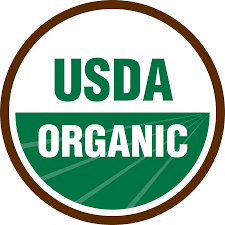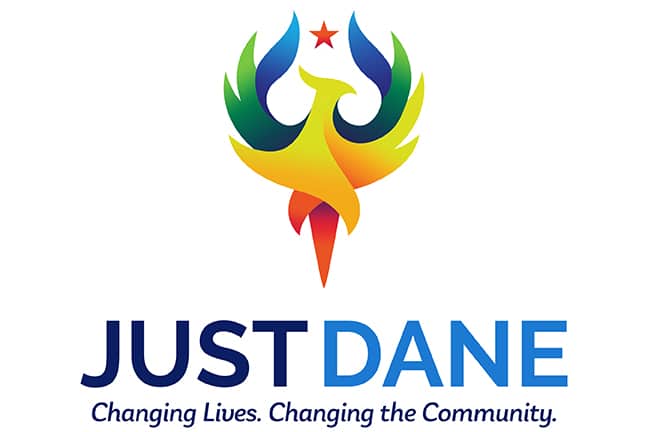JB 43 Kitchen with Bee!
It’s the final stretch… the second to last week of the program is just about over and we have learned some important lessons while working the straight dough method. One of them has been maintaining a delicate balance when combining properly measured amounts of flour and water in the creation of yeast breads. This is a crucial component of turning a big ball of dough into a great textured bread. The evidence brings itself to light from the beginning when we tried to form a well developed ball of stretchy yeast dough. Our dough was stickier than it should have been and did not want to form a ball. Just a little bit more flour and our dough behaved nicely for us and rose beautifully for the bulk fermentation stage, and for each rest and rise thereafter. A little time and shaping later we ended up with 21 nicely formed loaves and the bake turned out so lovely! It always feels like a little miracle when you cut into a cooled fresh loaf of bread and find a perfect crumb <3
Keeping our skills honed in on all the methods this week, we continued to perfect our new muffins and got to test ourselves on what we have learned by helping teach others. How does that old saying go? “…It is a good sign you have learned something when you can teach it…” I think they were right 🙂
We also continued to cream our fats and sugars while cranking out big batches of cookie dough. We hope you enjoy the slides below from our process of layering in ingredients step-by-step to make the scrumptiously colorful monster cookies many of you know and love.
[ux_slider]
[ux_image id=”1225″ height=”56.25%”]
[ux_image id=”1224″ height=”56.25%”]
[ux_image id=”1220″ height=”56.25%”]
[ux_image id=”1221″ height=”56.25%”]
[/ux_slider]
I think my favorite part of the week has got to be making everything kringles 🙂 Coming from a family of kringle-lovers, I went into the project with hopes of being able to make some from home one day. What I learned was more than just how to make a tasty family favorite. Sometimes our subject matter tells us what we are best at and where our talents lie. After another creative day in the kitchen, I will definitely be taking the tools I have learned and the time and patience to prove what I can do for the holidays this year. I know my family will appreciate everything I make that I have learned to create here in the program, but they will definitely be requesting some of these beautiful flakey filled braids in the future 🙂
JB 44 Second Week in the Classroom with Marlene
Blog number #2. My assignment is to write what I have learned about the Just Bakery program.
Monday we covered the difference between water soluble and fat soluble vitamins, learned about the recommended vitamin intakes, and what percentage is required for optimal health. The chapter touched upon the dangers of to much sodium intake which could lead to heart and other health problems. The text emphasized that a health individual whom is watching their sodium intake should consume not more than 2300 milligram. If you need to decrease the amount of sodium in your diet, there are alternative diets like the D.A.S.H. diet which requires that a person to decrease their intake of sodium and increase potassium, magnesium, and calcium. Finally, the chapter ends with the knowing when it’s appropriate to take supplements such as when a person expecting children, is faced with an anemia diagnosis or bone or bodily frame is brittle and/or breaking apart.
Chapter #6 deals with identifying nutritional trends if you’re working and or operating a food service operation and understanding dietary guidelines. It highlights how waitstaff should react to customer’s food allergies and help customers choose foods which do not contain the particular allergy. The goals of the food establishment should be meeting customer dietary needs. The chapter also discusses how restaurants analyze and know their target market –which means using data to narrow the field of potential customers to target customers. It talks about how food service operation can analyze their operation’s goals. Finally, the last part of the chapter dealt with the nutritional analysis of standard recipes.

Chapter #7, is mainly about how foods are grown: organically and conventionally. Organic means grown without pesticides and or harsh chemicals and also that many food service operations rely upon conventional food methods, which is food grown with approved agricultural methods. Chapter #7 also deals with the issue of genetics and animal and/or plant breeding in order to produce a superb or good plant breed resistant to disease and can produce a bountiful crop. We also learned about the steps in the manufacturing or the distribution of agricultural products: growing, harvesting, transporting, processing, receiving, storing, preparing, and cooking.
In chapter 8, we learned how the process of cooking affects nutrition. We also talked about the center of the plate concept. This revolves around the idea that when you serve a meal, the largest item should be a meat item, which should be placed in the center, and other food items should be placed around that piece of protein as a decorative center piece. Unfortunately, the center of plate concept does not take into account the idea of portion control, as compared to the MyPlate style. Chapter #8 also deals with recipe modifications by using alternative cooking techniques such as braising and or dry-sauteing. Another way to modify a recipe is to add some ingredients rather than just eliminating them. From the recipes, an example could be using herbs, spices or acid items instead of salt. The chapter also discussed recipe organization and standardizing which would control these factors of the food service operation: cost, waste, portion, size, nutritional composition,equipment usage, and staff training . Wow, this book really coincides with the teaching off the ServSafe manual when it brings up temperature tool measurements to help prevent the spread of foodborne pathogens and prevent incidents of cross-contact.
We covered the symptoms of allergic reactions and the main allergens in chapter 9. The major allergens are milk, eggs, fish, shellfish, tree nuts, peanuts, wheat, and soy products. The chapter also touches upon a disorder called celiac disease. A person with this disorder has to avoid wheat products. When it comes to handling requests due to food allergens and sensitives, communication is the key. Usually the communication is with the front end staff. Chapter #9 also discusses and deals with diets which eliminate different food items based on religious protocol.

Here is a quick overview of what we covered in ServSafe this week: the flow of food, proper receiving (inspecting food as it comes in to make sure it looks good), how to properly store that food so it does not contaminate other items, cooking temperatures to keep food safe, what equipment should be used in a kitchen, and cleaning and sanitizing.














Recent Comments